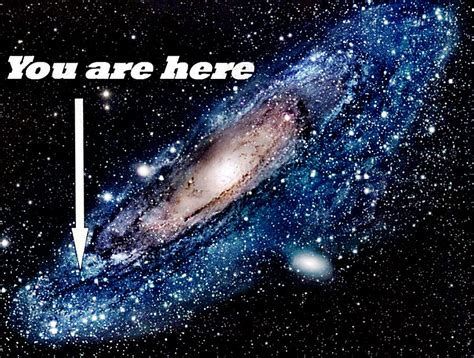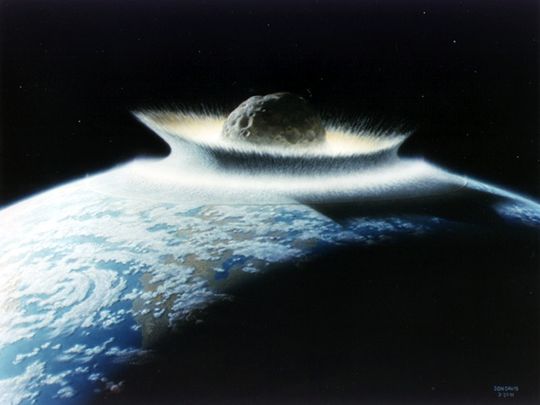Experts: “Cataclysmic flare in the Milky Way felt 200,000 light-years away”
10/21/2020 / By Michael Alexander

New research has revealed that a supermassive black hole located at the center of the Milky Way Galaxy exploded 3.5 million years ago.
The blast, scientists said, was so big its flare managed to travel through both poles of the galaxy. This prompted lead author Joss Bland-Hawthorn of the University of Sydney to compare the blast to a “lighthouse beam.”
“Imagine darkness, and then someone switches on a lighthouse beacon for a brief period of time,” Bland-Hawthorn said.
Giant blast was a relatively recent occurrence
According to Bland-Hawthorn’s research team at Australia’s ARC Centre of Excellence for All-Sky Astrophysics in 3 Dimensions (ASTRO 3D), the blast — which they referred to as a “sleeping dragon” — was a relatively recent occurrence.
“This is a dramatic event that happened a few million years ago in the Milky Way’s history,” Lisa Kewley, director of ASTRO 3D, said. She added that the event shows that the Milky Way was a much more dynamic place than previously thought.
“It is lucky we’re not residing there,” Kewley said.
The blast, dubbed a Seyfert flare, produced two massive “ionization cones” which then proceeded to slice through the galaxy, eventually impacting the Magellanic Stream — a long gaseous tail extending from the Large and Small Magellanic Clouds that orbit the Milky Way.
The Stream, the researchers said, is located 200,000 light years away from the blast site, which the researchers eventually identified as the supermassive black hole Sagittarius A.
Sagittarius A, or Sgr A* (pronounced Sagittarius A-star), is about 4.2million times more massive than the Sun, the research team said.
The blast wasn’t just a quick flash in the pan either; the researchers said that it lasted for approximately 300,000 years. Bland-Hawthorn and his team arrived at the figure after analyzing data gathered by the Hubble Space Telescope.
The paper, set to be published in The Astrophysical Journal, builds on earlier research reported by the same team in 2013. That paper suggested that SgrA* sporadically burst into life at some point in the past. (Related: Supermassive black hole at the center of our galaxy emits mysterious burst of radiation, growing brighter.)
According to study co-author Magda Guglielmo, their findings can dramatically change our understanding of the Milky Way Galaxy. They add that the results of their study can open the possibility of a complete reinterpretation of how the galaxy evolved.
What are black holes?
Black holes, according to scientists, are volumes of space in which gravity is strong enough that they are able to prevent the escape of even the fastest moving particles in the universe — light.
Physicist Albert Einstein first predicted the existence of black holes in 1916, with his formulation of the general theory of relativity. The term “black hole,” however, would only be coined in 1967 by American astronomer John Wheeler, which was then followed by the discovery of their existence in 1971.
It is widely agreed upon in the scientific community that most black holes are formed from the remnants of large stars.
According to scientists, stars with a mass at least three times greater than that of our sun’s can undergo extreme gravitational collapse once their fuel depletes. This collapse, scientists say, is so great that it actually overcomes the rule that usually keeps atoms from occupying the same space, thus creating a black hole.
For more stories about the cosmos, visit Space.news.
Sources include:
Tagged Under: astronomy, black hole, breakthrough, cosmic, discoveries, galaxy, gravitational collapse, Milky Way, observatory, Space, Stars, Unexplained
RECENT NEWS & ARTICLES
COPYRIGHT © 2017 DISCOVERIES NEWS




















